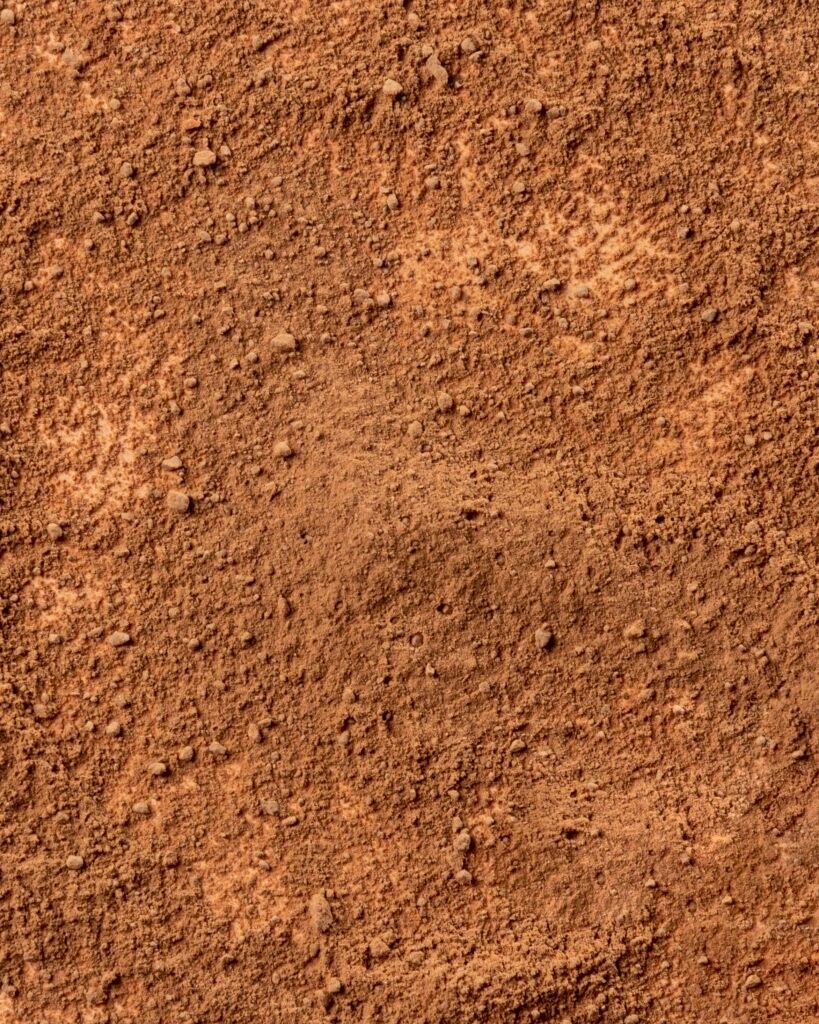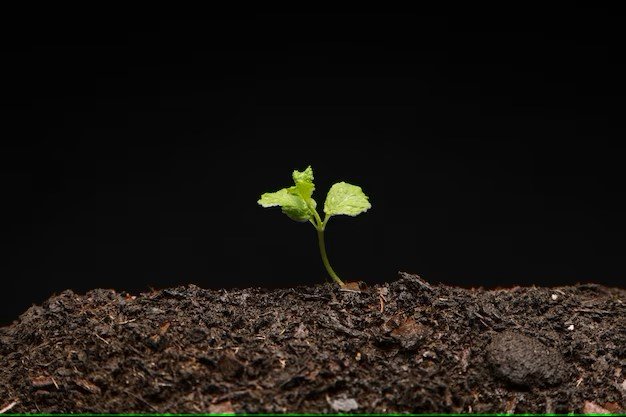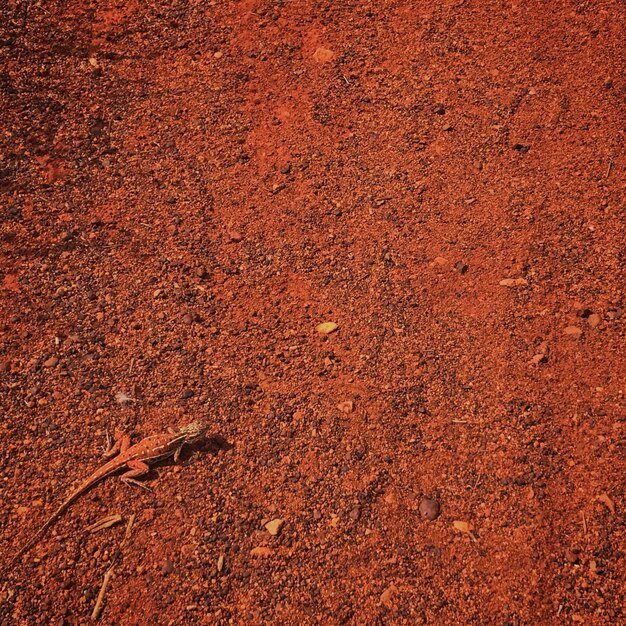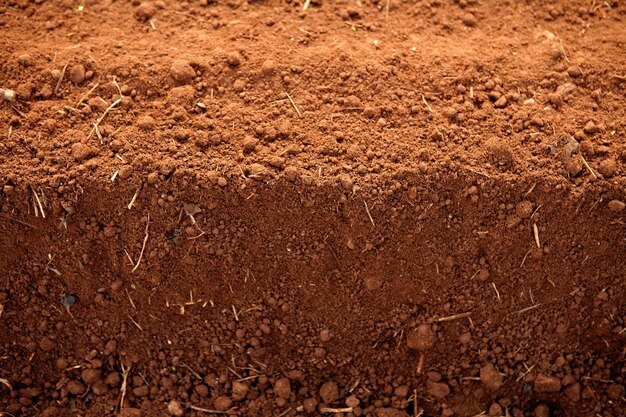The science of study of soil is called Pedology. The Indian Council of Agricultural Research has divided India's crops into eight classes, which are as follows-
1. Alluvial soil:

This is soil brought by rivers. This soil is rich in potash, but deficient in nitrogen, phosphorus and humus. This is the most fertile soil of India. This soil is found on about 22% of the area of India. Bhart The entire northern plain and coastal plain are made up of alluvial soil. it.There are types-1. Bangar and 2. Khadar Old alluvial soil is called Bangar and new alluvial soil is called Kha. Alluvial soil is considered very good from the point of view of fertility. In this, crops like paddy, wheat, maize, oilseeds, pulses, potatoes etc. are grown
black soil
It is formed by the breakdown of basalt rocks. It is rich in iron, lime, aluminum and magnesium. The black color of this soil is due to the presence of titaniferous magnetite and humus. This soil contains abundance of organic matter. This soil is also known as Regur soil. . It is most suitable for cotton cultivation. Hence it is also called black cotton soil. Other crops wheat, jowar, millet etc. are grown. In India, black soil is found in Gujarat, Maharashtra, western region of Madhya Pradesh, southern region of Odisha, northern district of Karnataka, southern and coastal region of Andhra Pradesh, Salem, Ramanathapuram, Coimbatore and Tirunelveli districts of Tamil Nadu and Bundi and Tonk districts of Rajasthan.

Red soil

It is formed as a result of climatic changes by the disintegration and disintegration of igneous and metamorphic rocks. This soil is rich in silica and iron. The red color of red soil is due to the presence of iron oxide, but in hydrated form it appears yellow. This soil is of acidic nature. It is deficient in nitrogen, phosphorus and humus. This soil is often found in the form of barren land devoid of fertility. Cotton, wheat, pulses and coarse grains are cultivated in this soil. In India, this soil is found in the eastern part of Andhra Pradesh and Madhya Pradesh, plateau region of Chotanagpur, north-western districts of West Bengal, Garo, Khasi and Jaintia hill areas of Meghalaya, Nagaland, eastern region of Aravalli in Rajasthan, Maharashtra, Tamil Nadu and Found in some parts of Karnataka. The fertility of red soil can be increased by using lime.
Laterite soil
>It is formed under specific conditions resulting from the gradual change in humidity and dryness of the monsoon climate. It is rich in iron and silica. A This soil, formed by the breakdown of rocks, is classified as dark red laterite, white laterite and underground hydrological laterite. Deep red laterite contains abundance of iron oxide and potash. Its fertility is low, but some cultivation is done in the lower parts. White laterite has the lowest fertility and its color is white due to kaolin. The underground climatic laterite is very fertile, because during the rainy season the iron oxides dissolve with water and go down. Laterite soil is most suitable for the cultivation of tea, cardamom and cashew.
Note: Central Soil Conservation Board was formed in 1953 to control soil erosion and its adverse effects in the country. Central Arid Zone Research Institute (CAZRI) has been established in Jodhpur to study the problem of desert.

“Thank you for reading this guide to soil of India We hope you found these information helpful “Thank you for reading this post. If you have any questions to leave a comment below.
